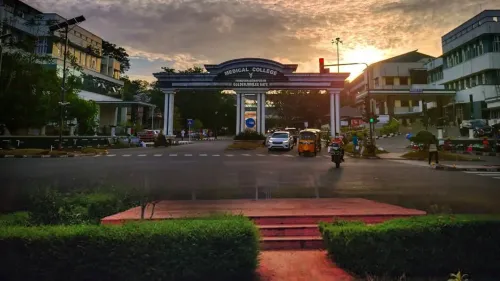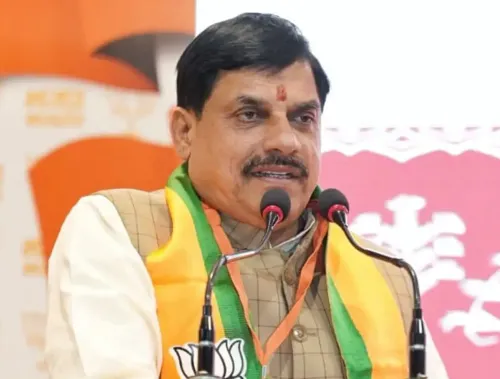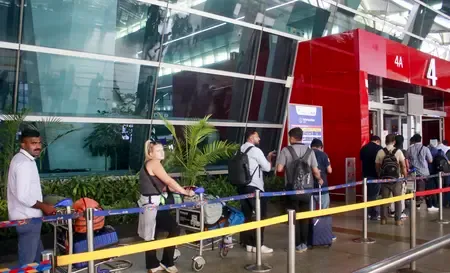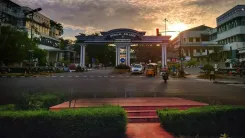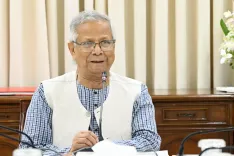Government Promises Complete Support to Weavers for Sector Growth

Synopsis
Key Takeaways
- Government support for the Weavers' Service Association.
- Allocation of over Rs 364 crore for handloom programs.
- Financial aid for senior handloom workers.
- Introduction of National Technical Textiles Mission.
- Projected growth of the textile sector to $350 billion by 2030.
New Delhi, April 10 (NationPress) Neelam Shami Rao, Secretary of the Ministry of Textiles, has pledged comprehensive government assistance to the Weavers' Service Association to enhance the industry during a meeting held in Bengaluru, as confirmed by an official.
The Secretary of Textiles presided over the meeting on April 9 with various textile institutions and organizations in Bengaluru. The discussions with the Weavers' Service Association revolved around textile-related issues, and the Ministry assured its support, as stated in a post on X.
The government has allocated over Rs 364 crore this financial year for initiatives aimed at benefiting handloom workers across the nation, according to recent data presented in Parliament.
Of this amount, Rs 192.06 crore was designated for the National Handloom Development Programme, while another Rs 171.98 crore was allocated under the Raw Material Supply Scheme for handloom workers, as mentioned by Minister of State for Textiles Pabitra Margherita in a written response in the Rajya Sabha.
Additionally, the Ministry of Textiles is executing various schemes under the National Handloom Development Programme (NHDP) to support handloom workers nationwide.
These initiatives include financial aid of Rs 8,000 monthly for award-winning handloom workers over 60 years old, who are in dire situations with an annual income below Rs 1 lakh, and scholarships reaching Rs 2 lakh per year for the children of handloom workers (up to two children) pursuing studies in diploma, graduate, and post-graduate programs at Central and State Government-funded textile institutions.
Researchers from CSIR -- National Aerospace Laboratories (NAL) and Indian Institute of Science (IISc) also introduced new projects supported under the National Technical Textile Mission during the meeting.
The National Technical Textiles Mission (NTTM) was initiated to bolster the technical textiles sector in India, with a funding plan from 2020-21 to 2025-26 amounting to Rs 1,480 crore.
The NTTM is concentrated on applying textiles in critical sectors. The mission consists of four main components aimed at enhancing the industry's development.
Technical textiles are specialized fabrics engineered for specific functions and performance rather than aesthetic appeal. These textiles are tailored to meet the requirements of diverse industries such as automotive, construction, agriculture, healthcare, and safety.
They are utilized in products that offer protection, enhance machinery, and address practical challenges, including components for vehicles, construction materials, medical apparatus, and safety equipment.
While traditional textiles continue to play a vital role, the rise of technical textiles is transforming the industry. These are specialized fabrics designed for particular applications, prioritizing functionality over appearance, and are categorized into twelve distinct groups, each serving a unique purpose.
India's textile industry holds significant importance for the economy and produces some of the most innovative fabrics on a global scale. India ranks as the 6th largest textile exporter worldwide, with a 3.9 percent share in global textile exports, contributing nearly 2 percent to the country's GDP.
The sector is projected to expand to $350 billion by 2030, further reinforcing India's standing in the international market. This growth is anticipated to create 3.5 crore jobs.

